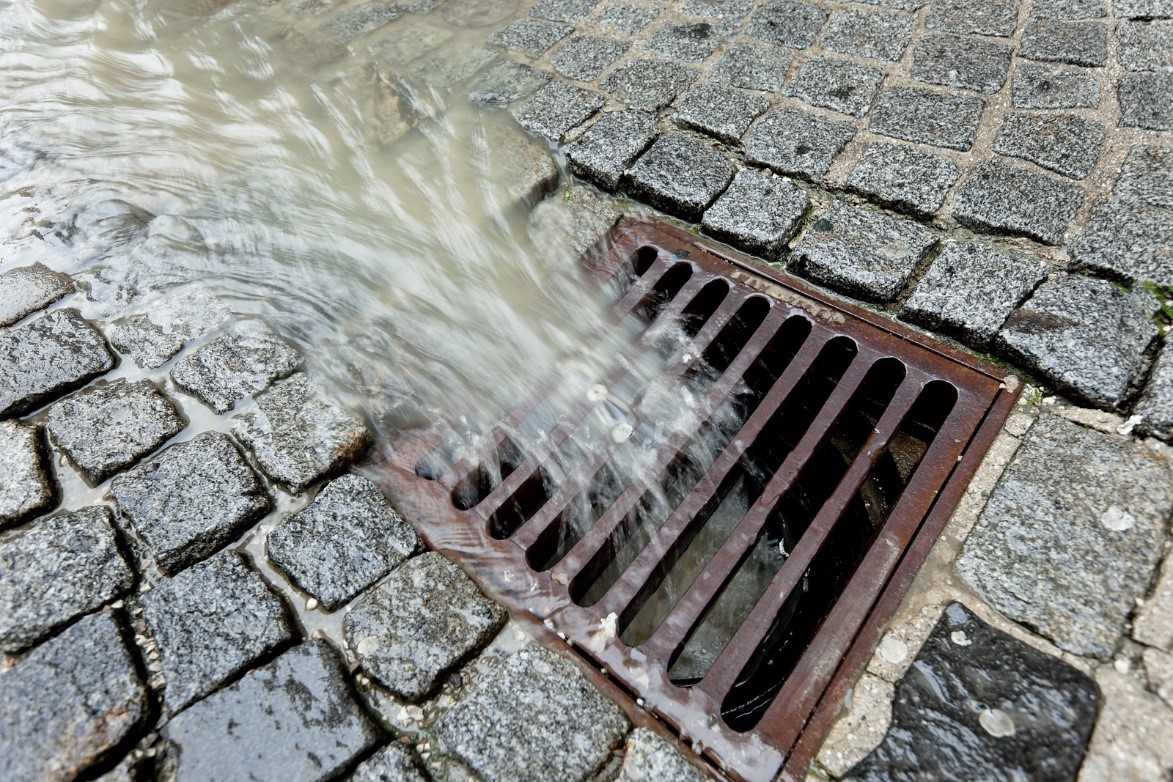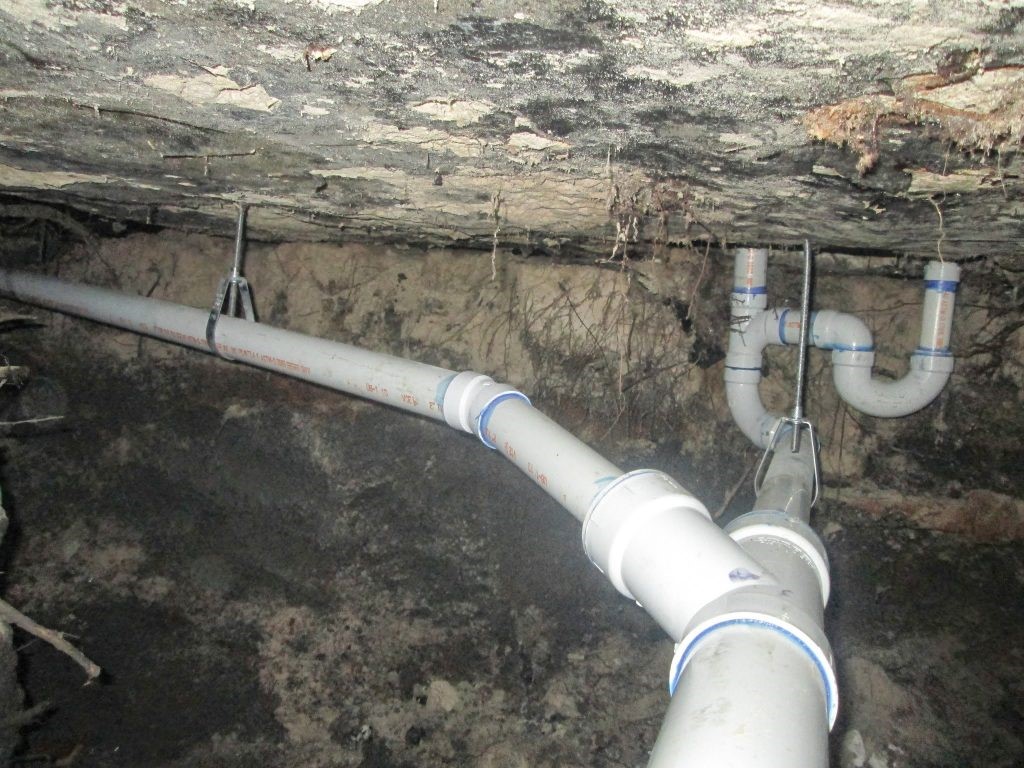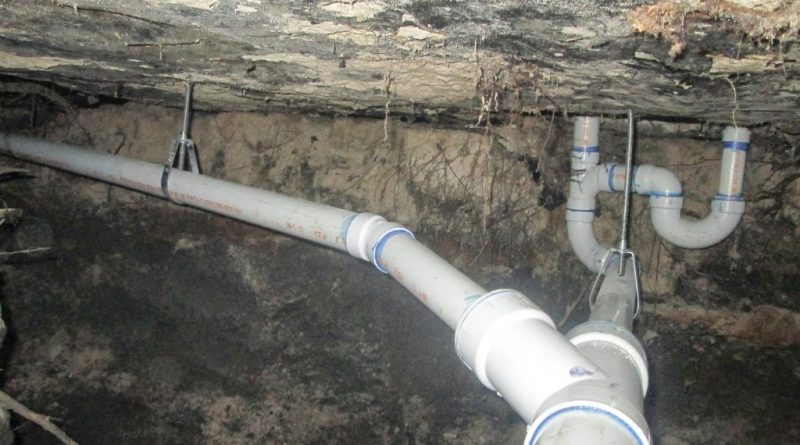What is drain lining?
Repairing waterways can be an expensive and problematic operation. One of the problems is that drains can be many feet under the earth, often under concrete walls, asphalt or brick, resulting in a great deal of excavation needed to do important repair work. This excavation of course not only creates a lot of chaos but also increases the cost of repairing the sewer.
In short, until recently repairing a sewer that had a leak or crack, until now, was a big effort that could cause major disruption.
If only there were other solutions that did not require significant earthwork to repair leaks, cracks and other damage.

Fortunately, as you can guess, there is – in the form of a drain layer. Basically, these are a “non-invasive” way to repair damaged waterways. Instead of needing to dig into the actual channel, access is obtained from the ground level and all repairs are carried out from the channel. Think of drainage layers such as “keyhole operations” for your waterways, where operations are carried out with minimal disruption and from small access holes that are easily accessible. For a company that offers Drain Lining, visit https://www.wilkinson-env.co.uk/sewer-repairs-drain-lining-concrete-cutting/
Drain lining explained
Drain layers, as the name suggests, involve the inner layer of the gutter with a layer of polymer which then bonds to the inside of the pipe. It has been likened to manually building additional pipes in the existing drain pipe.
Although this will slightly reduce the overall diameter of the pipe where the liquid can move, it is generally preferable to alternate digging the channel manually.
Drain layer process
To start it is important to fully understand the damage that occurs to the pipe. For this purpose, the internal surface of the gutter is washed with jets and then a small camera is sent to check the condition of the pipe and prepare the liner.
After the operative is happy that the sewer is the right solution for your problem, the ship is gently inserted into the drain. Little by little it slowly moves until it covers the entire damaged channel area. After the liner is installed, the air bag inside the liner expands, pushing the soft liner out into the pipe diameter.

After a certain period, the liner will heal and harden, basically creating a second pipe in the existing drainage frame. The air balloon that expands inside the liner can then be deflated and removed.
Finally, the robot camera is once again inserted through the sewer, checking the quality of the work. If necessary, the holes are cut in the liner to allow it to be connected to the adjacent pipe and immediately after the drain must be considered fully repaired and suitable for the purpose once again.
Although the process may sound a little complicated, it is generally still much cheaper and easier than manually digging channels and means that your home or business is not flooded with pneumatic drills or diggers to improve your leaky drainage.
LINCH PATCH
Drain lining is of course still a fairly intensive process, coating the pipe meter in one detailed operation. But what about cases where the full drainage layer is unnecessary or too expensive for that purpose. In this situation there is an alternative, known as “patch lining”. Patch lining allows a person to “treat wounds” of individuals whose size and location are limited, and where a full layer will prove excessive. This process is mostly similar to the full drain layer.


